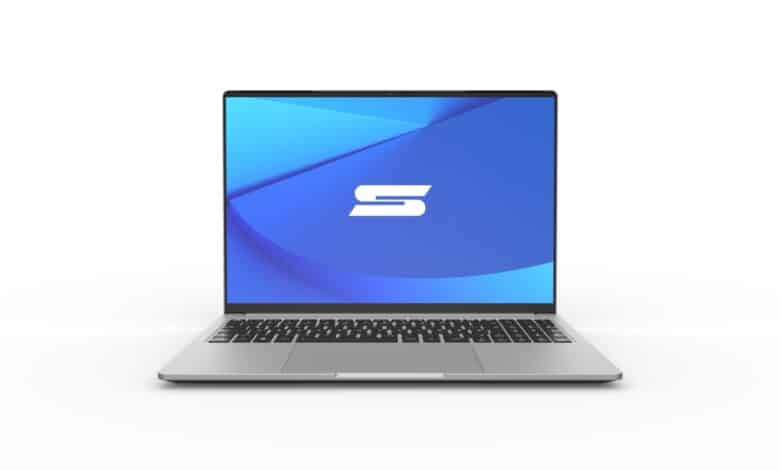
Schenker Technologies has unveiled two new 16-inch ultrabooks that come with a 16:10 display and are said to be the world’s lightest models in their performance class. The Schenker VISION 16 and VISION 16 Pro. We’ll tell you what differentiates the models and what makes them stand out in the overview.
Schenker VISION 16 and VISION 16 Pro unveiled
After the barely 1 kg light 14-inch Schenker Vision 14 E22 ultrabook in August, things are getting a bit bigger again with the new Schenker VISION 16 and VISION 16 Pro models. Both models rely on the same AZ91D magnesium alloy case and come with dimensions of 354 x 245 x 17.1 mm.
However, there are differences in terms of weight. The Pro model weighs around 1.6 kg, whereas the VISION 16 weighs around 1.45 kg – depending on the configuration and graphics card.
The weight differences are due to adjustments in the cooling system. For the Pro variant, there is a choice of significantly higher-performance graphics cards with the Nvidia GeForce RTX 3060, 3070 Ti and a 3080 with 16 GB GDDR6 memory, which are used in a more efficient version with a GPU performance of up to 95 watts each (70 W TGP and 22 W Dynamic Boost 2.0) due to the slim chassis.
The VISION 16, on the other hand, comes with Intel’s integrated Xe graphics unit, but can be equipped with a GeForce RTX 3050 Ti with 65 watts (50 watts TGP and 15 W Dynamic Boost 2.0) of power.
Intel’s Core i7-12700H with 14 processing cores and liquid metal heat sink is used as the CPU in both variants, which makes the ultrabooks the most powerful models in their segment. Thus, the notebooks are even well equipped for demanding content creation.

Up to 64 GB RAM and two M.2 SSDs
Schenker fortunately once again dispenses with the memory that is usually soldered into ultrabooks. Both the VISION 16 and VISION 16 Pro offer two SO-DIMM slots for up to 64 GB of RAM and two M.2 slots with fast PCIe 4.0 connectivity, which can be easily installed via the removable bottom panel.
The Pro model already uses fast DDR5-4800 RAM, while the VISION 16 relies on DDR4-3200 memory.
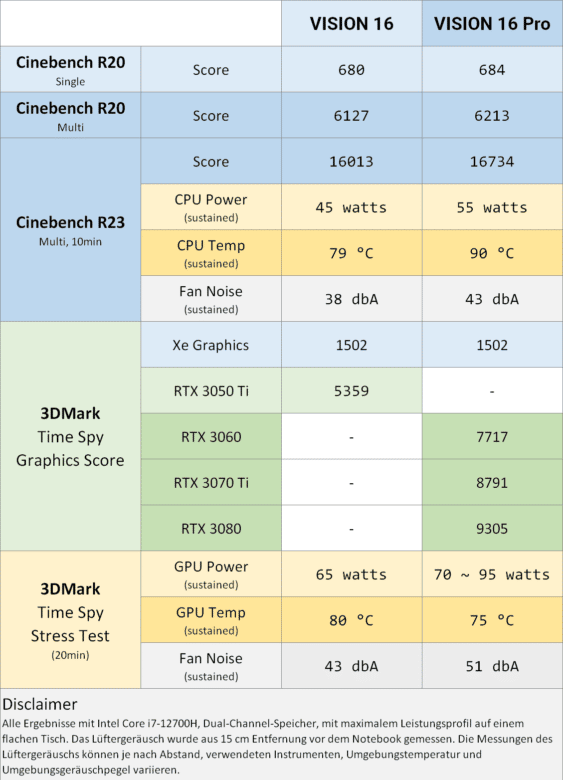
High-resolution 16-inch displays
Both notebooks use a 16-inch WQXGA display that resolves at 2,560 x 1,600 pixels and comes in a 16:10 format. The IPS panels offer a brightness of 350 cd/m² and cover 99 percent of the sRGB color space.
While the VISION 16 Pro uses a 240 Hz fast display with an optional power-saving mode with 60 Hz, the model in the VISION 16 works with up to 90 Hz.
Image playback is via Thunderbolt 4 and USB Type-C 3.2 with an integrated DisplayPort stream. The notebook can also be charged via USB-C or optionally particularly fast with a 180 watt power supply in the VISION 16 Pro or, depending on the configuration, 120 or 90 watt power supply in the VISION 16.
In addition, the ultrabooks have HDMI 2.1 (VISION 16 Pro, with dGPU connection) or HDMI 2.0 (VISION 16, with iGPU connection), so up to three external monitors can be connected natively. If required, it is possible to connect up to two 4K monitors via Thunderbolt 4 with one cable, which requires a corresponding Thunderbolt docking station.

Two times USB-A 3.1 Gen1, a card reader for full-sized SD cards and Wi-Fi 6 complete the extensive interface equipment, especially for an ultrabook.
Excellent handling
For input, the Schenker VISION 16 and VISION 16 Pro each use a full-size keyboard complete with a dedicated numeric keypad and large, separate arrow keys, as well as an Fn-Lock feature for permanently switching the F-keys to secondary mapping.
The keys are said to offer a particularly quiet stroke and can be equipped with a brightness-adjustable white backlight. The Microsoft Precision compliant glass touchpad is particularly large with a gliding surface of 154 x 100 mm.
A double-tap function also makes it possible to deactivate only the right half or the entire touchpad, which is of course particularly practical if you use a normal mouse anyway. There is also an automatic palm recognition: If the palm rests on the gliding surface while typing, the function prevents accidental typos.
Schenker VISION 16 series: Prices and availabilities
Both the Schenker VISION 16 and Schenker VISION 16 Pro ultrabooks are, as always, available for free configuration on bestware.com.
The Pro model includes an Intel Core i7-12700H, a GeForce RTX 3060, 16 (2 x 8) GB of DDR5-4800 RAM, a 500 GB Samsung 980 SSD, and a 240 Hz WQXGA IPS display in its base features and has an MSRP of 1,899 euros. Graphics card upgrades to the RTX 3070 Ti or RTX 3080 come at an additional 395 euros and 837 euros, respectively.
The regular VISION 16 includes Intel’s Xe graphics unit, 8 (1 x 8) GB of DDR4-3200 RAM and a 90 Hz fast WQXGA IPS display in the base and starts at 1,549 euros. An upgrade to the GeForce RTX 3050 Ti is possible here, which adds an additional 182 Euros. All SCHENKER laptops purchased via the company’s own e-commerce platform bestware.com come with a 36-month factory warranty.
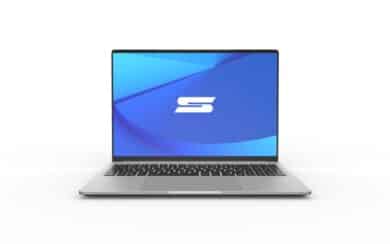
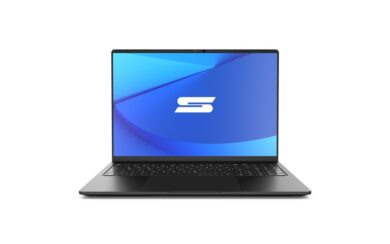
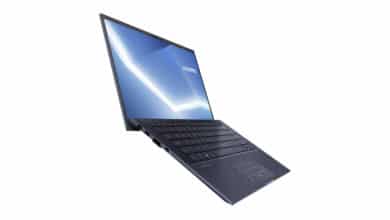
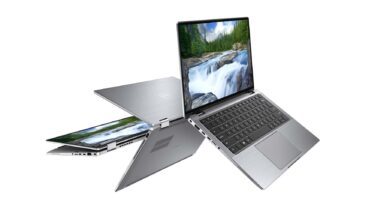


No replies yet
Neue Antworten laden...
Gehört zum Inventar
Beteilige dich an der Diskussion in der Basic Tutorials Community →